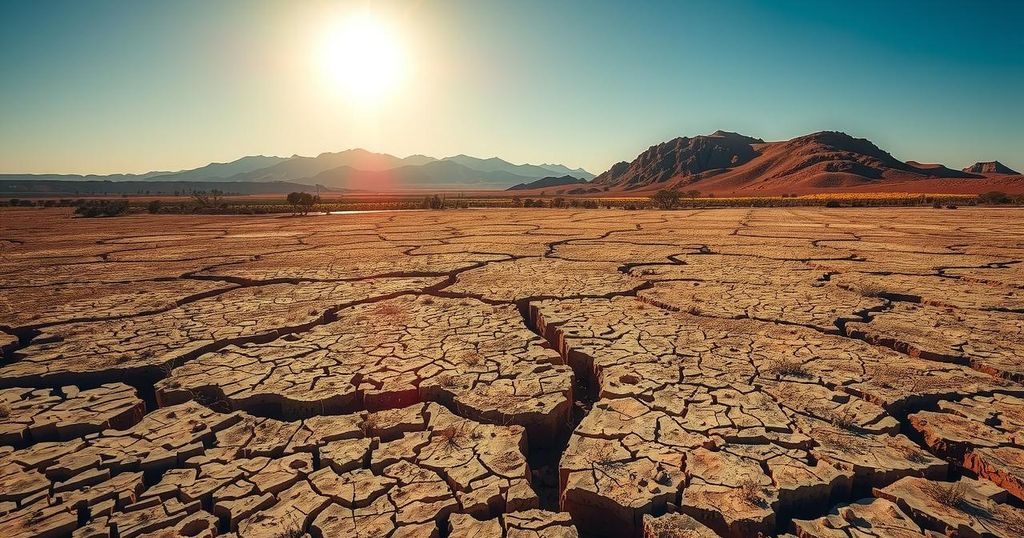Climate change
AFRICA, ASIA, ASSOCIATED PRESS, BEIJING, CHILE, CHILEKWA MUMBA, CHINA, CHINA NONFER, CHINA NONFERROUS METALS INDUSTRY GROUP, CLIMATE CHANGE, COPPER, ENGINEERING INSTITUTION OF ZAMBIA, FLOODING, FOOD SECURITY, KAFUE, KAFUE RIVER, LUSAKA, MEXICO, NORTH AMERICA, POLLUTION, US, ZAMBIA
Isaac Bennett
0 Comments
Acid Spill from Chinese Mine Contaminates Zambia’s Kafue River
A severe acid spill from a Chinese-owned mine has contaminated Zambia’s Kafue River, threatening the water supply for millions. Environmentalists warn of long-term effects, with dead fish appearing downstream and emergency measures being implemented by the government to mitigate damage.
An acid spill from a Chinese-owned copper mine has led to significant contamination of Zambia’s Kafue River, affecting millions of residents. Environmentalists and authorities express concern over the potential long-term effects of this incident, with pollution detected up to 100 kilometers (60 miles) downstream from the source. The Engineering Institution of Zambia reported the collapse of a tailings dam on February 18, resulting in the release of nearly 50 million liters of toxic waste into the river.
The contamination consists of concentrated acid, solids, and heavy metals that severely threaten this vital waterway. Chilekwa Mumba, an environmental activist, declared the situation as “an environmental disaster really of catastrophic consequences.” The Kafue River is crucial for Zambia, providing water for drinking, agriculture, and fishing to approximately 60% of the population, which includes five million residents of Lusaka, the capital.
In response to the crisis, the Zambian government has deployed air force units to spread lime into the river in an effort to neutralize the acid and mitigate the damage. Furthermore, speed boats have been utilized for distributing lime along the waterway. As China continues to dominate the copper mining sector in Zambia, the environmental ramifications of such incidents call for urgent attention.
The contamination of the Kafue River poses a serious threat to the health and livelihood of millions of Zambians. The incident underscores the significant environmental risks associated with mining activities, particularly those involving foreign corporations. Immediate actions taken by the Zambian government highlight the urgency of addressing pollution issues, emphasizing the river’s critical role in sustaining the local population and ecosystem.
Original Source: www.indiatvnews.com




Post Comment